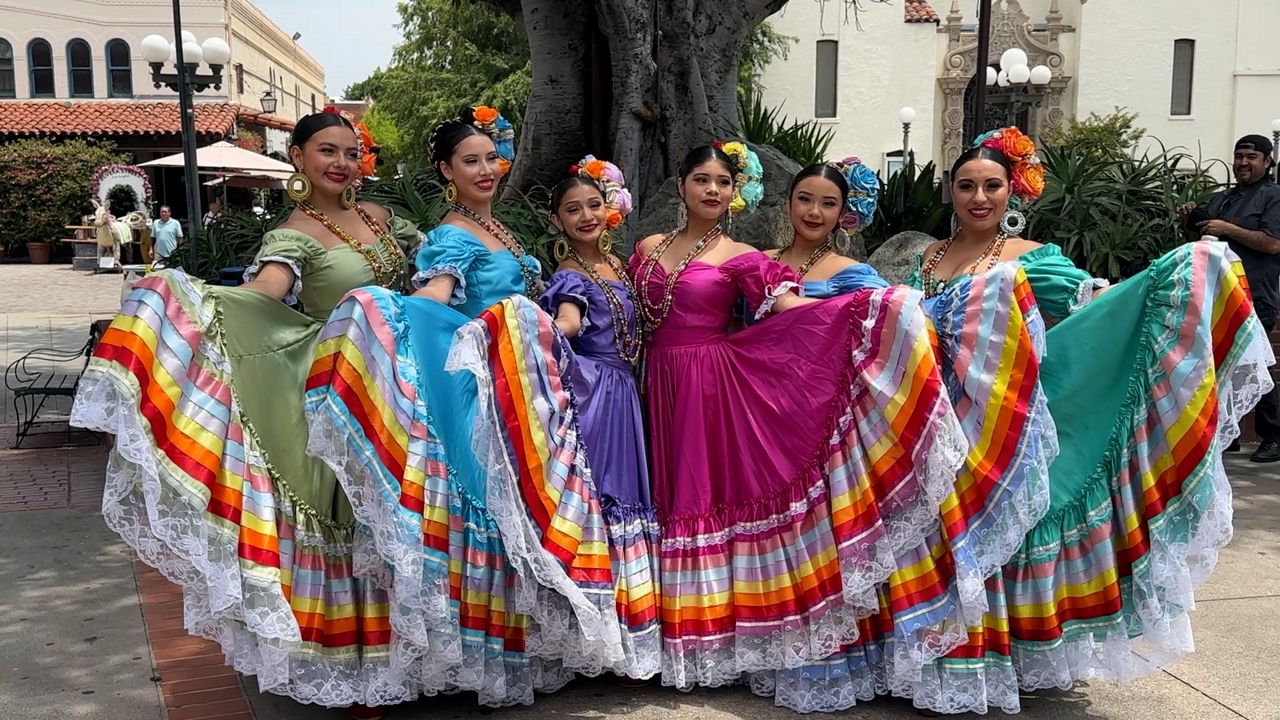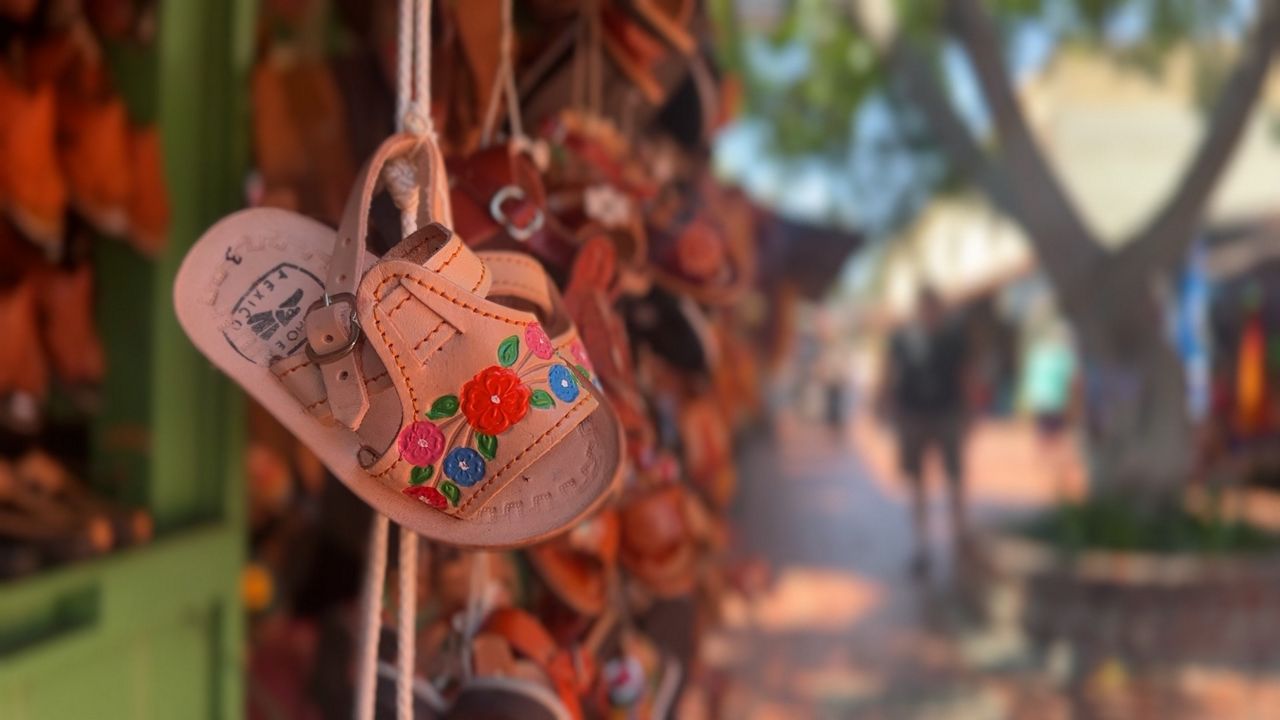LOS ANGELES — Throughout the history of the City of Angeles, Mexico seems to be there every step of the way and history professor Bill Deverell said there’s a good reason.
“This was Mexico,” he said. “This was part of the Republic of Mexico until the conclusion of the Mexican-American War in 1848. As part of the spoils of that war, [the United States] seized the American Southwest and amputated basically the top third of the Republic of Mexico and brought it into United States possession.”
What You Need To Know
- Southern California was part of the Republic of Mexico until the conclusion of the Mexican-American War in 1848
- USC History Professor and Divisional Dean for Social Sciences William Deverell said Mexican culture is “woven into the fabric of the landscape, the folkways, the political economy, the labor systems” of Southern California’s past, present and future
- Volunteer docent Mark Trevor, who gives tours of El Pueblo de Los Angeles Historical Monument, points out that many place names reflect those roots
- “We have a lot of things with Pico in it, and Sepulveda and their names that have been here a long time. Verdugo, a lot of Ranchos,” Trevor said
A map over his desk at the USC Dornsife College of Letters, Arts and Sciences where he serves as Divisional Dean for Social Sciences is a constant reminder, but even before that, this land had many iterations.
It was New Spain prior to the Mexican overthrow and, before that, of course, thousands of years of indigenous nations. By the time of the Mexican-American War, he said there were people here of mixed race and Mexican descent — all of whom were allowed to then become United States citizens.
“Whether they’re treated as such is a different matter,” Deverell explained. “But the culture, woven into the fabric of the landscape, the folkways, the political economy, the labor systems, the culture remained very, very powerful and important and is embedded deeply into our past, present and future, I would argue.”

So would Mark Trevor, a volunteer docent who gives tours of El Pueblo de Los Angeles Historical Monument. The free tours offered by Las Angelitas del Pueblo attract tourists and locals alike who are interested in learning the historical roots of the City of Angels.
“I like teaching them that the reason why we are the way we are here is because we were Mexico,” he said with a smile. “And they affect us and food and place names and traditions.”
Sepulveda. Pico. Figueroa. Street names that spring from in our Mexican past.
“Governor Pico was [a] Mexican governor here,” he said, pointing out the three story Pico House that sits across from Olvera Street. “We have a lot of things with Pico in it, and Sepulveda and their names that have been here a long time. Verdugo, a lot of Ranchos.”
Even the name of the city itself carries a deep multicultural history.
“Los Angeles has a very long name that … is a Spanish name tied very closely to our river, the Los Angeles River, which itself is tied to a small river in the Old World by name,” Deverall said.
That name is subject to some discussion, but is often believed to be some variation of El Pueblo de Nuestra Señora la Reina de Los Ángeles del Río de Porciúncula.
Whatever its actual original name was, Deverall said the Mexican settlers who founded Los Angeles after the overthrow of Spain planted the seeds of the city and Southern California. It’s an influence that he said can’t be overstated.

“Mexican authorities in the 1820s and 30s and 1840s helped to build the pueblo, helped to build the pueblo through laws, helped to build the pueblo through legislation, political economy, governance, etc,” he explained. “We owe a debt to those people for establishing this place in the era after the missions. And so, yes, the layers of culture and complexity go deep.”
But so does anti-immigrant sentiment, something that runs throughout American history, although the target demographic and circumstances may change.
There was the Mexican repatriation in the 1930s, followed by the internment of Japanese Americans during World War II.
As a professor of history, Deverall said it’s important to remember the mistakes of the past so we don’t end up repeating them.
“We’ve seen things that look like this,” he said of the current language and tone of the conversation around immigration. “They can teach us how to be on the watch, to try to be in the City of Angels, to try to be our better angels. And I think we have an obligation to do that.”




